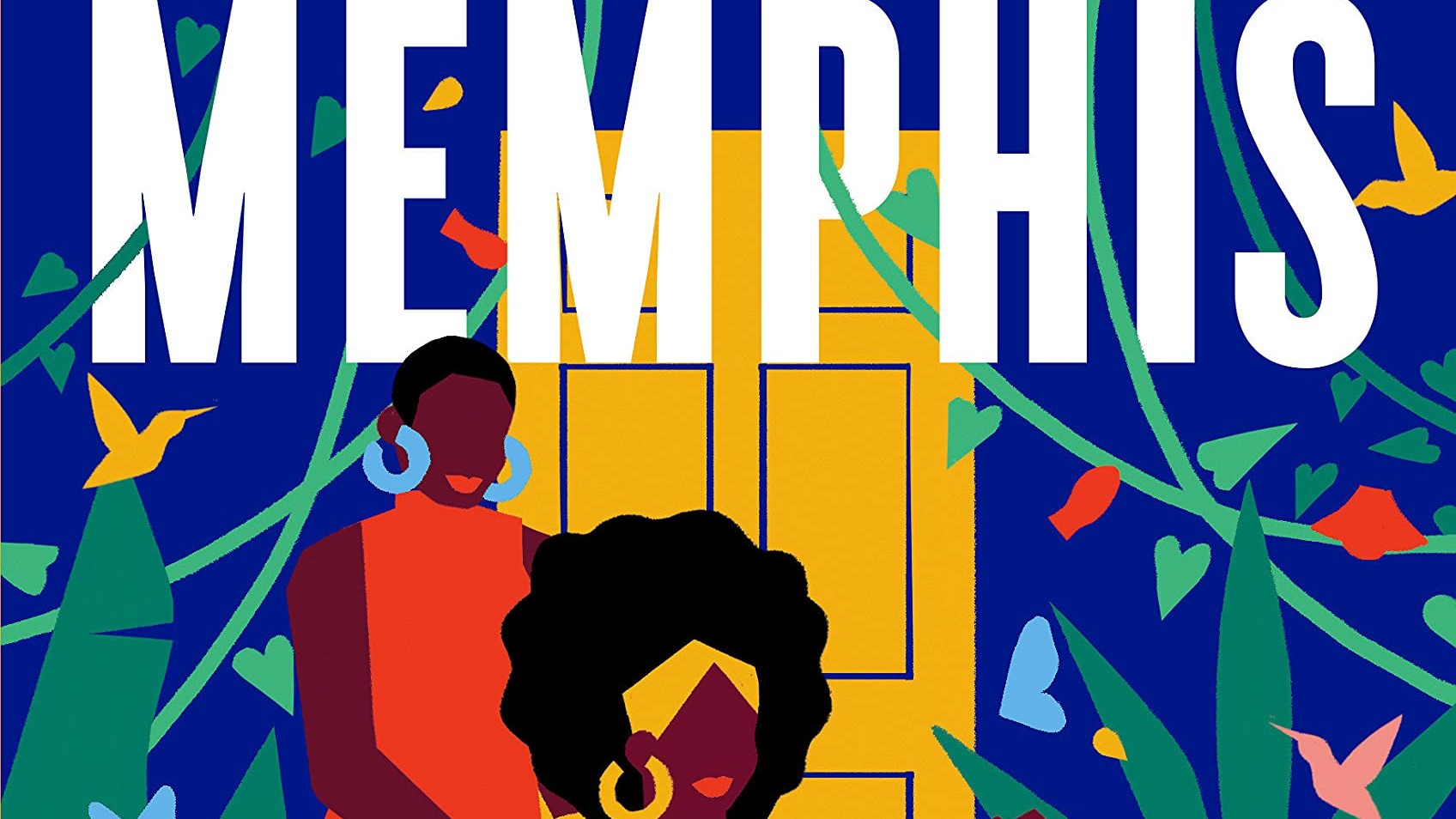By Sara Beth West for Chapter16.org, originally published March 28, 2029
There are readers who claim that every great novel must have a map in the front. To them, the map represents the imaginative world built by the author, one full of complexities and depth and a setting so fully realized as to require its own geography. While a map might do all these things, I tend to favor a different introduction to a book’s world: a family tree. Tara M. Stringfellow’s debut novel Memphis opens with the North family tree, simply but beautifully designed.

These names, each with their birth, marriage, and death dates, are spread before the reader like a map. We can’t know where this family is going to take us, but we know there will be complexity and depth. A family tree contains multitudes.
But what of the setting? Readers of Memphis will find no shortage there, either. The story opens with Miriam North and her daughters Joan and Mya arriving at the family home in Memphis, where Miriam’s sister August still lives. They have fled Miriam’s husband, escaping the violence he has inflicted on her for years. The book, which alternates between voices and time periods, opens in 1995 with 10-year-old Joan stating simply: “The house looked living.” A beat later, she elaborates:
The low house was a cat napping in the shade of plum trees. … A long driveway traversed the length of the yard, cut in half by a folding wooden barn gate. But what made the house breathe, what gave the house its lungs, was its front porch. Wide stone steps led to a front porch covered in heavy green ivy and honeysuckle and morning glory. … It was the finishing touch to a Southern symphony all conducted on a quarter-acre plot.
Description is Stringfellow’s great gift. Whether describing the house or the city of Memphis, each scene is grounded in its setting. Greater still is the way Stringfellow describes people, especially the women. Upon first seeing her Auntie August, Joan describes her as “the taller, more regal version of Mama” before adding:
She seemed to go on forever, seemed to be the height of the door itself. She had hips, the kind Grecian sculptors would spend months chiseling, big and bold and wide. Her skin was dark, noticeably darker, darker than mine even, and I felt a welt of pride. … I knew that the aunt I could barely remember was, in and of herself, a small, delicious miracle.
This moment of joyous recognition is marred, however, by the entrance of August’s son Derek. If this were a map, this moment would be marked, “Here Be Dragons,” as Joan’s terrified response makes clear. Less clear is the exact nature of the harm Derek caused, a story that is revealed in pieces as the narrative passes between these women and the different time periods they represent.
Each woman tells her uniquely complicated story, but their roles as mothers and sisters unify them. Despite the harm he causes, Derek stays because August hopes to ward off the trouble intent on finding him. When that fails, she tries to explain, “Motherhood is an anchor. It has devoured me entire. I did the best I could.” And while Miriam voices her misgivings about Joan’s focus on art, she does so out of a sense of protection. She pushes Joan, arguing:
You can draw. Lord knows, you can draw. But if a man up and leaves you … or you up and leave him, how will you survive? Selling sketches in the streets? Name me one successful artist with a dark face. With breasts. Name one Black woman famous artist. Go on. I’ll wait.
Stringfellow repeatedly returns to these tensions, the push-pull between mother and child that proves the countless ways we both comfort and fail our children, asking the question: Is love enough?
Where motherhood complicates the question, the answer is found in sisterhood — Miriam and August, Joan and Mya, the women in August’s beauty shop, the women who show up for each other time and again. A family tree is a map, a network of interconnected landscapes, equal parts clearly marked streets and unexplored territory. But a family tree has its limitations. It cannot show you these unnamed relationships, the ones that hold a person and make her. For that, you need art: giant canvases like the ones Joan paints, or tender and honest narratives like Tara M. Stringfellow’s Memphis.
Tara M. Stringfellow will celebrate the release of Memphis at Novel in Memphis on April 5 at 6 p.m.
Sara Beth West is a writer and reviewer, usually found at sarabethwest.com. She lives in Chattanooga with her family, dogs, and a cat who always, always, always thinks it is time for dinner.


